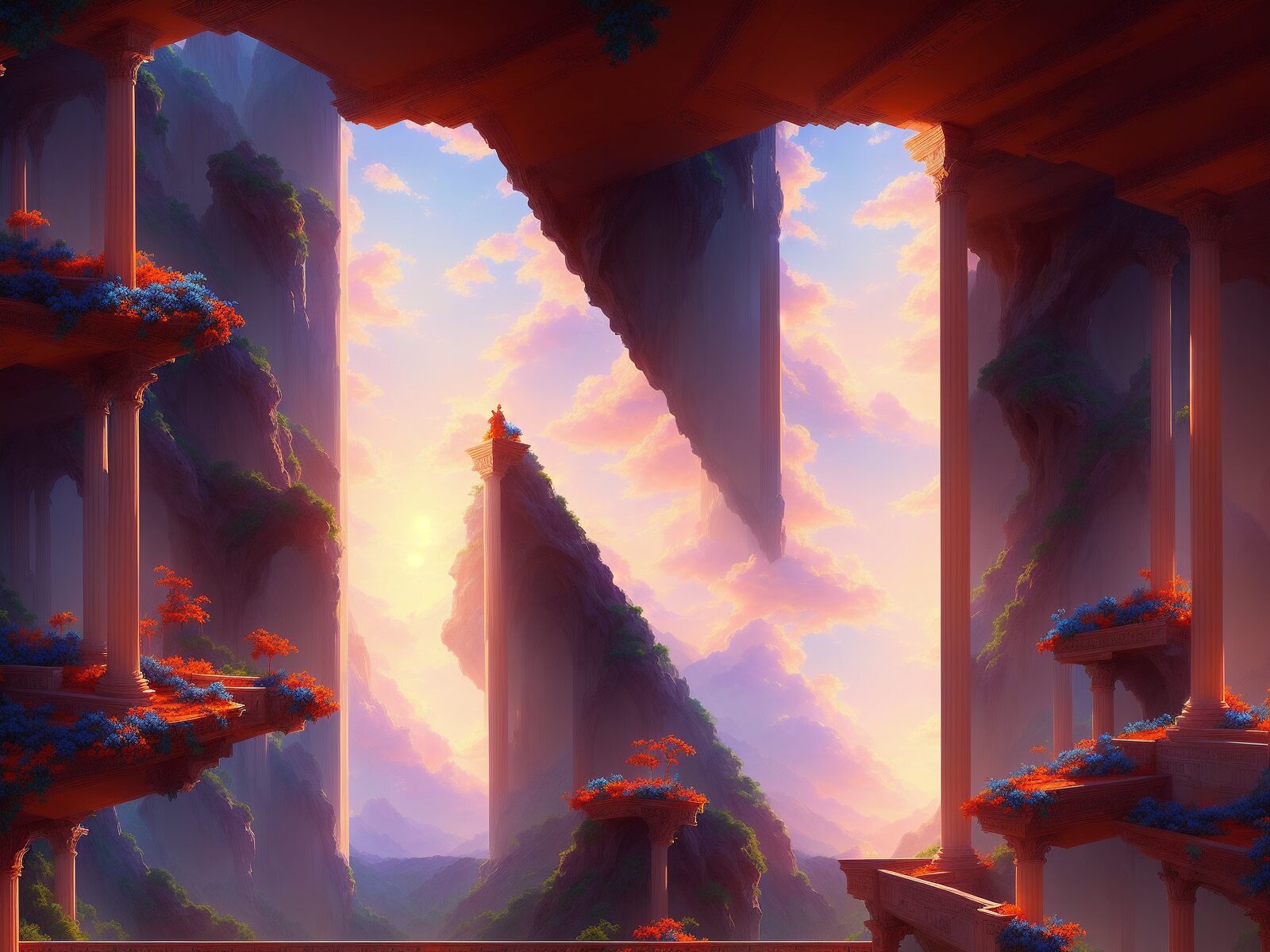The Rise, Fall, and Resurgence of Nifty Gateway: A Tale of Art, Technology, and Market Cycles
The Genesis: A Canvas for Innovation
At its inception, Nifty Gateway offered something extraordinarily different— a platform where artists, who were curious about the blockchain, could interact with it effortlessly. The blockchain was still relatively novel and the cryptomarkets hadn’t reached their all-time highs. The freedom to experiment and create was immense. High-quality artists flocked to the platform, contributing stunning yet affordable pieces that collectors could acquire without burning a hole in their pockets.
During this initial phase, Nifty Gateway was an exciting art bazaar that combined the promise of emerging tech with the ingenuity of the creative mind. The platform encouraged groundbreaking work and brought artists and collectors closer than ever before.
The Nifty Summer: The Craze and the Haze
Enter the phase that many in the community now nostalgically refer to as the “Nifty Summer.” Top artists like Beeple, xcopy, Trevor Jones and more saw their work experience parabolic growth, and NFTs like Bored Ape Yacht Club (BAYC) and the ever-iconic Crypto Punks surged in popularity. The market went wild, and tools started emerging that made the creation of NFTs easier than ever.
The Nifty Summer wasn’t just a season; it was a phenomenon. It marked a tipping point where NFTs went from being a niche fascination to a cultural mainstay. However, this explosive growth came with its challenges.
The NFT Winter: The Thawing of the Hype
As quickly as the NFT summer had escalated, the ensuing NFT winter brought a sobering chill. During this period, some celebrities and public figures began to take advantage of the hype, sometimes at the expense of the art and the collectors. Comedian TJ Miller, for instance, came under fire for allegedly capitalizing on the NFT craze. Critics argue that such entries into the NFT space, devoid of any real artistic value, have the potential to dilute the ecosystem and exploit collectors who are here for the love of art and innovation. The platform became flooded with numerous NFT projects that seemed to focus more on extracting Ethereum value rather than contributing to the art world. Trust wavered and provenance—the historical record and ownership details of an art piece—became murky.
Moreover, the lack of curation became evident. Virtually anyone could mint anything, making it difficult to separate the wheat from the chaff. Meanwhile, artists with no provenance history started charging exorbitant fees for their artwork. To make matters worse, the rising gas fees made it almost impossible for new entrants to participate in the NFT world, further cooling off the market.
The Great Reset: Nifty Gateway’s Comeback
Recognizing these challenges, Nifty Gateway went back to the drawing board and emerged with a refined focus on quality. It has become a haven for top-tier art and artists, serving as a benchmark for what an NFT platform should aspire to be.
In parallel, other platforms like Tezos have started to gain prominence for offering a space for exploration and affordable art. Tezos addresses many of the concerns that arose during the NFT winter, particularly those related to high gas fees and accessibility.
TL;DR
Nifty Gateway started as a platform that encouraged artistic innovation in the NFT space. Despite the highs of the Nifty Summer and the lows of the NFT Winter, the platform has realigned its focus towards quality art and artists, setting an example for the industry. As platforms like Tezos rise, offering solutions to past problems, Nifty Gateway remains a leader in curated, top-tier NFT art.



